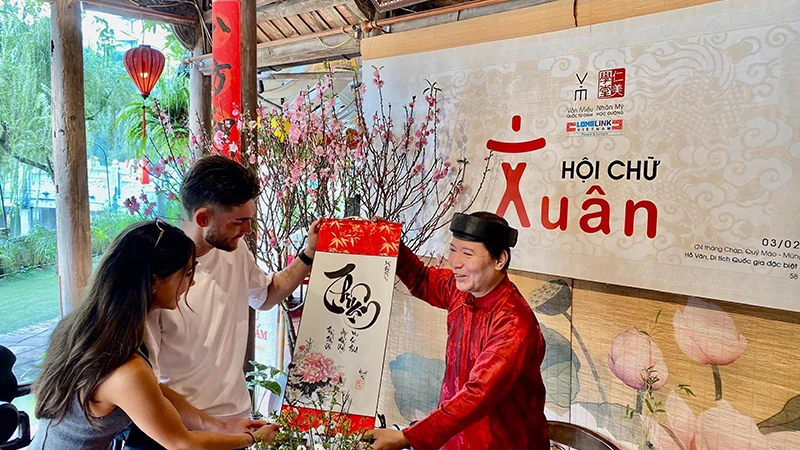 |
| A modern "teacher" gives a calligraphy piece in Vietnamese to a foreign tourist on the first day of Spring at the Temple of Literature ( Hanoi ). |
"Born late", only from the beginning of the 20th century, but with the desire to honor the beauty of Vietnamese culture, from north to south, many modern "calligraphers" have researched, explored, and affirmed the beauty of national language calligraphy, so that the flow of national language calligraphy has spread more and more strongly.
In the early days of spring, besides asking for Chinese characters and Nom characters, many people like to ask for Vietnamese calligraphy to hang in their homes. Vietnamese calligraphy is new, but is gradually finding its place in the community.
Young calligraphy
During the opening ceremony of the Spring Calligraphy Festival of the Year of the Dragon at the Temple of Literature - Quoc Tu Giam relic site, calligrapher Luu Thanh Hai could not hide his emotions as a son of the southern land, returning to the place that is the origin of Vietnamese philosophy to write for everyone.
Unlike his predecessors here, he writes calligraphy in the national language - a new subject, based on traditional methods. But in that excitement mixed with emotion, he still has many worries. That is, one day, calligraphy in the national language will be accepted as a formal, systematic art form, with foundation and basis, with enough persuasive power without having to "borrow" the image of the old teacher. The thoughts of calligrapher Luu Thanh Hai are also a long story of calligraphy in the national language...
Until now, many people still feel nostalgic when remembering the period of the late 19th and early 20th centuries, when the feudal examination system declined and when Vu Dinh Lien's "The Scholar" displayed Chinese ink and red paper without anyone noticing. But it was also at that time that the national language, which had been around for hundreds of years, truly replaced Han and Nom characters in daily life.
The Vietnamese script has a young history. However, not long after it was widely used, the Vietnamese quickly found ways to "play" with the Latin characters used to record Vietnamese sounds. Poets such as Dong Ho (1906-1969) and Vu Hoang Chuong are considered the first people to write calligraphy in the Vietnamese script with a brush and Chinese ink.
Many writings of the previous generation still exist today. War and the country's difficult circumstances caused the flow of Vietnamese calligraphy to stagnate and it was only revived in the last few decades. The first generations of calligraphers of modern times include poet Tru Vu, Minh Duc Trieu Tam Anh... In the north, the person who laid the foundation for the development of Vietnamese calligraphy was calligrapher Kieu Quoc Khanh. He is considered the person who sought the "shape" for Vietnamese calligraphy.
The young Vietnamese calligraphy industry encountered many obstacles. First of all, there was the prejudice that calligraphy was an art form associated with hieroglyphics. The national language was onomatopoeic, which was not suitable. However, with love, passion and the desire to affirm the Vietnamese cultural identity, many calligraphers still researched and explored to shape the beauty.
For example, Nguyet Tra Kieu Quoc Khanh studied Han-Nom calligraphy and European calligraphy to exploit the quintessence of both schools and put them into his works of national language calligraphy. Also in the North, Ngau Thu Nguyen Thanh Tung is a person who has done a lot of research and promoted the beauty of national language calligraphy.
From a natural passion, later, when he became a literature teacher, he loved the beauty of Vietnamese characters even more and worked hard to deepen the beauty of the national language, the inner meaning of the characters, and the literary quality of the characters. Thanh Tung shared: "Any art form, when born, is always moving, integrating with life. Calligraphy does not stand still. Even the internal Chinese calligraphy today has changed from the past. In the world , any writing system in life, besides normal recording, can be elevated to art. The Latin script of the West also has calligraphy. And in Vietnam, decades ago, our ancestors used brushes and Chinese ink to sow the seeds of Vietnamese calligraphy. Those were the first bricks for us to continue developing."
All over the country, there are many people researching, experimenting, and developing national language calligraphy so that Vietnamese writing can "stand" as an independent work. The flow continues like that.
Calligrapher Luu Thanh Hai was a member of the "young generation" when Vietnamese calligraphy began to make a comeback in the 1990s. To date, he has spent more than 20 years building the national language calligraphy movement in the southern land. For him, if a piece of calligraphy is hung up and the viewer cannot understand it, the meaning of the calligraphy will be reduced. National language calligraphy helps many people understand the meaning of the writing. That is the motivation for him to stick with it and contribute.
He was the one who initiated and organized the first "calligrapher street" in the Spring of Dinh Hoi in 2007 in Ho Chi Minh City. "Calligrapher street" was later upgraded by the Ho Chi Minh City Youth Cultural House to become the Vietnamese Tet Festival and has been held continuously since then.
In Hanoi, the spontaneous "calligrapher street" on the sidewalk of the Temple of Literature - Quoc Tu Giam many years ago, was then organized in the Van Lake in the relic area to become the Spring Calligraphy Festival. Besides the Han-Nom booths, national language calligraphy has become indispensable. That is also what is happening in many Spring Calligraphy Festivals being held all over the country. Overcoming prejudices, although newly formed, national language calligraphy is having a strong vitality. In the words of calligrapher Nguyen Thanh Tung, national language calligraphy is very rich in internal power.
Identity positioning
A young calligraphy of course cannot have a complete system of theories, aesthetic principles, techniques, etc. However, in general, those who write calligraphy in the national language use the tools, brushes, inkstones, Chinese ink... and some techniques of Han-Nom calligraphy to apply to national language calligraphy; some combine both Han-Nom calligraphy and Western calligraphy (which uses Latin characters like Vietnamese).
Calligrapher Luu Thanh Hai added: "National language calligraphy is folk calligraphy. Currently, there are many forms of expression and many different viewpoints. Some people follow the methods and techniques of traditional Han-Nom calligraphy. Some people think that the Latin script should be written freely. In my view, if Han-Nom calligraphy has many horizontal and vertical strokes, Vietnamese calligraphy has many curves, corresponding to the running and cursive scripts of Han-Nom calligraphy."
For calligrapher Kieu Quoc Khanh, after many years of practicing calligraphy, he has come up with some of the most quintessential points that can be incorporated into Vietnamese calligraphy. That is the "foot of the letter" that creates the solidity of the letter, the "wave" that makes the letter softer and more flexible. And the technique of calligraphy helps the writer master letters with complex curves.
The most difficult thing, according to him, is to "execute" Western skills with a brush pen, not a steel pen - the "orthodox" type of calligraphy. "Once the quintessence of both Asian and European calligraphy is skillfully combined, the characters of Vietnamese calligraphy will also have shapes and contain many layers of meaning like Chinese calligraphy. Whether or not they are beautiful depends on the writer's level," said calligrapher Kieu Quoc Khanh.
It can be said that never before has Vietnamese calligraphy flourished as it does now. Not only do many people write, but many Vietnamese calligraphy classes have sprung up. Some people want to elevate it to an art form, others consider it a hobby, or to earn extra money at the beginning of spring...
Many people think that Vietnamese calligraphy is "easy". But in reality, it is not. The art of Vietnamese calligraphy is the fusion of indigenous culture with Eastern and Western culture. To become a qualified calligrapher, the story is not just about the letters. Because Vietnamese calligraphy is the result of cultural exchange, a calligrapher must be knowledgeable about East and West, past and present. From knowledge, one can choose suitable letters, interpret them in depth and then express them into "forms" - that is, letters. Only then can writing be elevated to the level of art, and letters can "carry the way".
Among Vietnamese calligraphers, there is a very special character. That is Mr. Jean Sébastien Grill, a French national. His Vietnamese name is Truong Giang. Truong Giang was conquered by the beauty of Vietnamese calligraphy. He has spent many years studying and researching in Vietnam.
One of his teachers is calligrapher Kieu Quoc Khanh. During the Year of the Cat, he participated in the Spring Calligraphy Festival at the Temple of Literature and his booth was always crowded with customers. This year, although he did not return to Vietnam, he participated in many cultural events in France and Belgium and brought Vietnamese calligraphy to both Vietnamese people and European friends.
The story of Jean Sébastien Grill shows the vitality and strong influence of quoc ngu calligraphy. And he is not an isolated case. Calligrapher Nguyen Thanh Tung said: "I have taught many international friends about quoc ngu calligraphy. They are all very interested in this art, even though the courses are usually short. Some of them even like to write quoc ngu calligraphy verses from Truyen Kieu".
A calligraphy industry is still young, but full of vitality. Therefore, there are many writers, but to have those who can create valuable works, there is still a long process. However, that blossoming also brings a lot of good news. From "quantity", there will be "quality", from the masses, the quintessence will be distilled.
Source


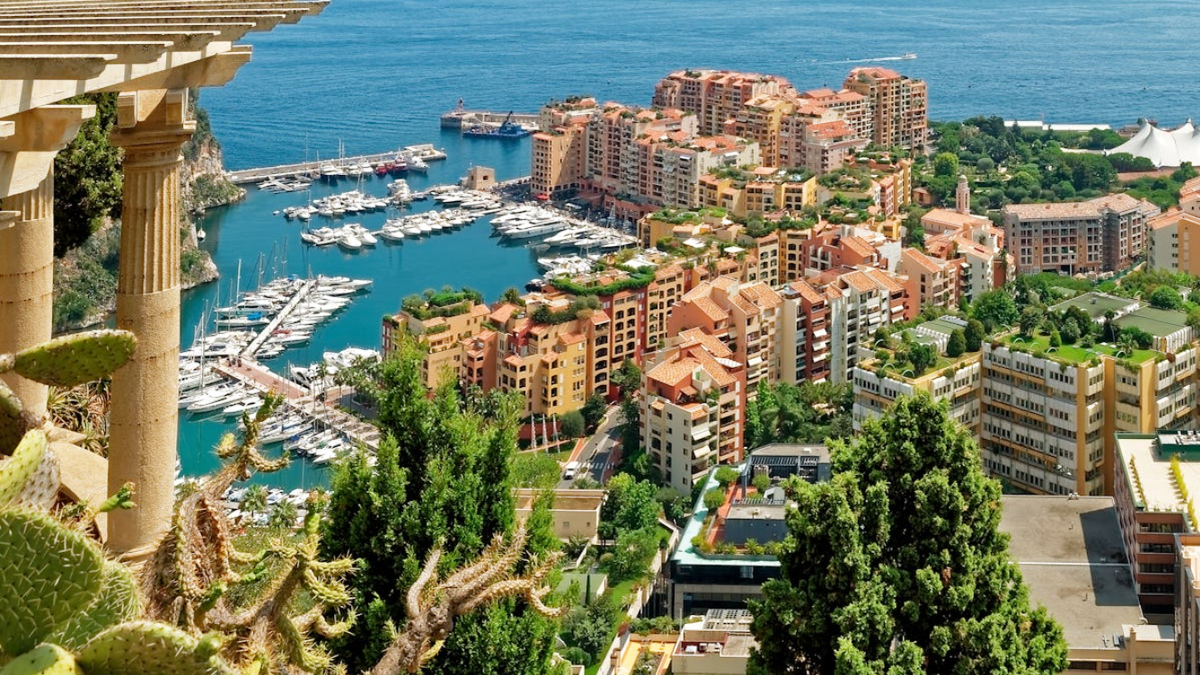
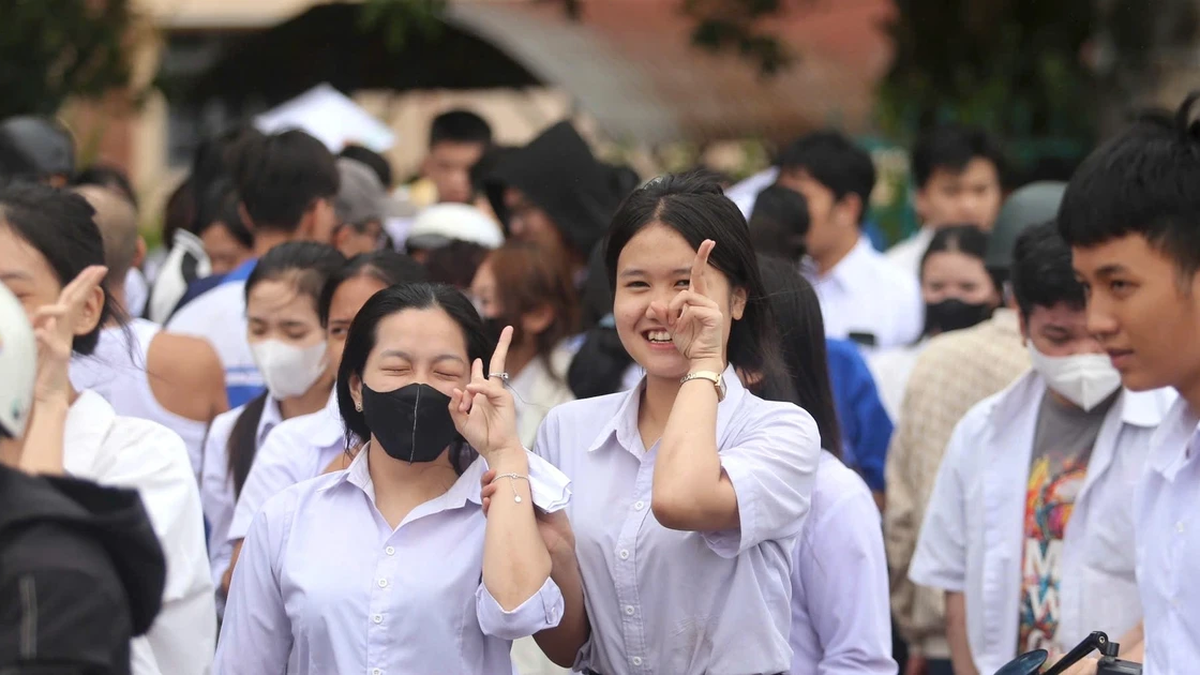

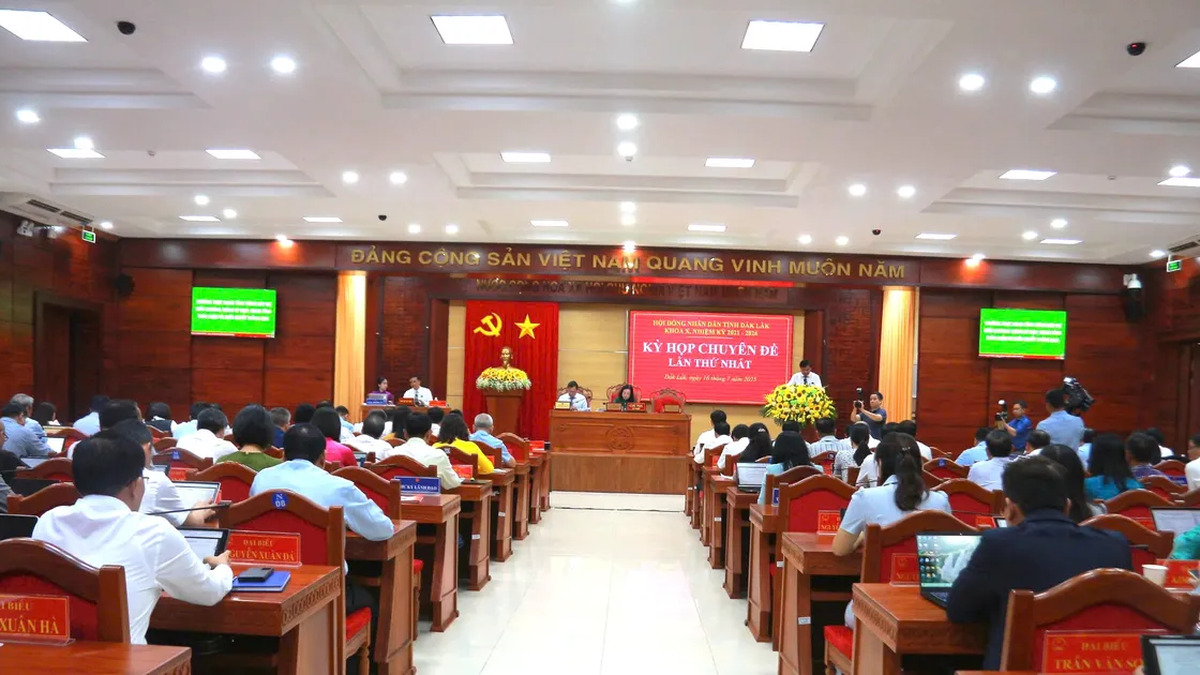

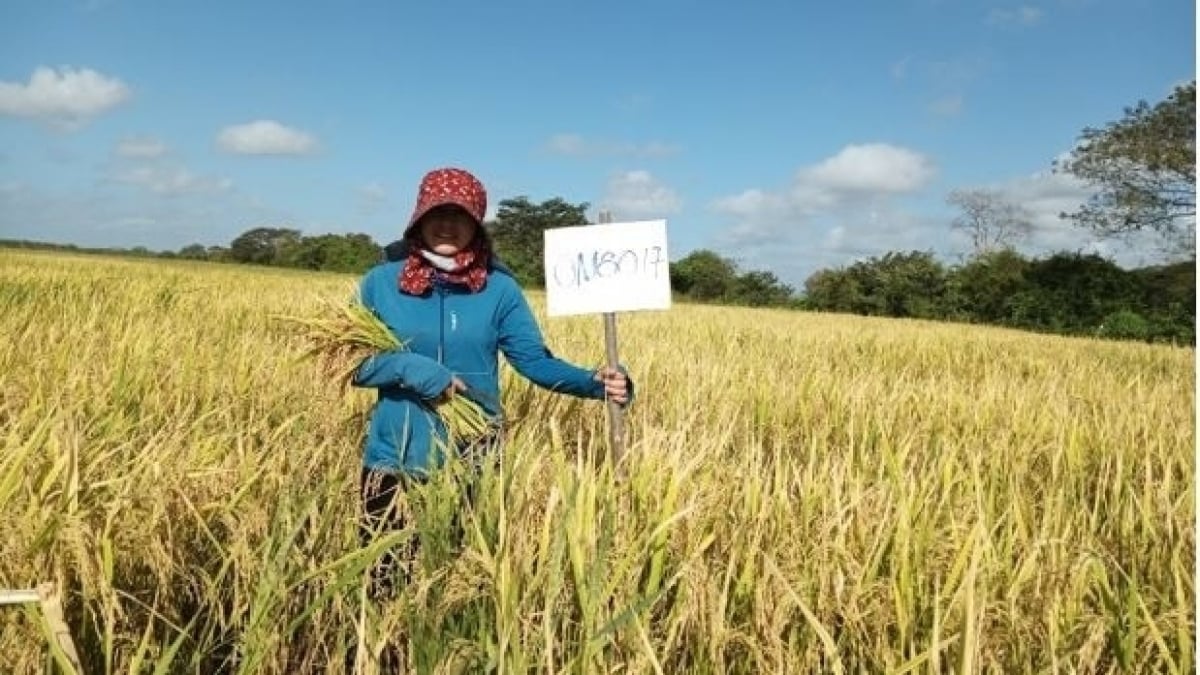
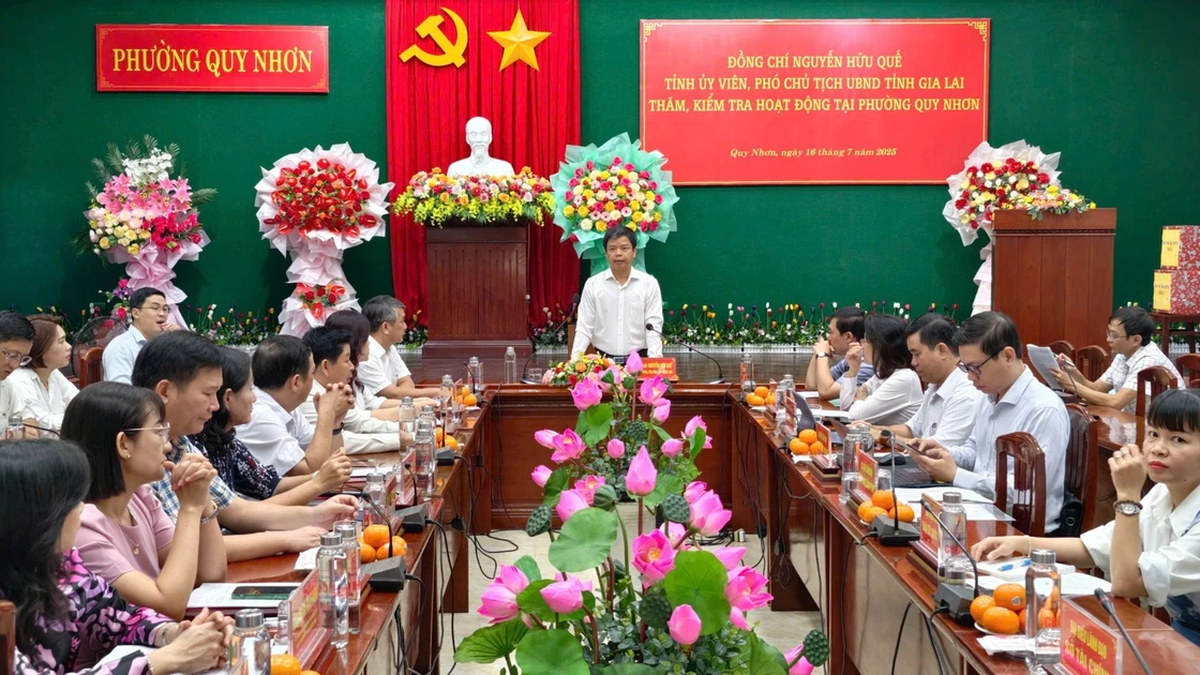


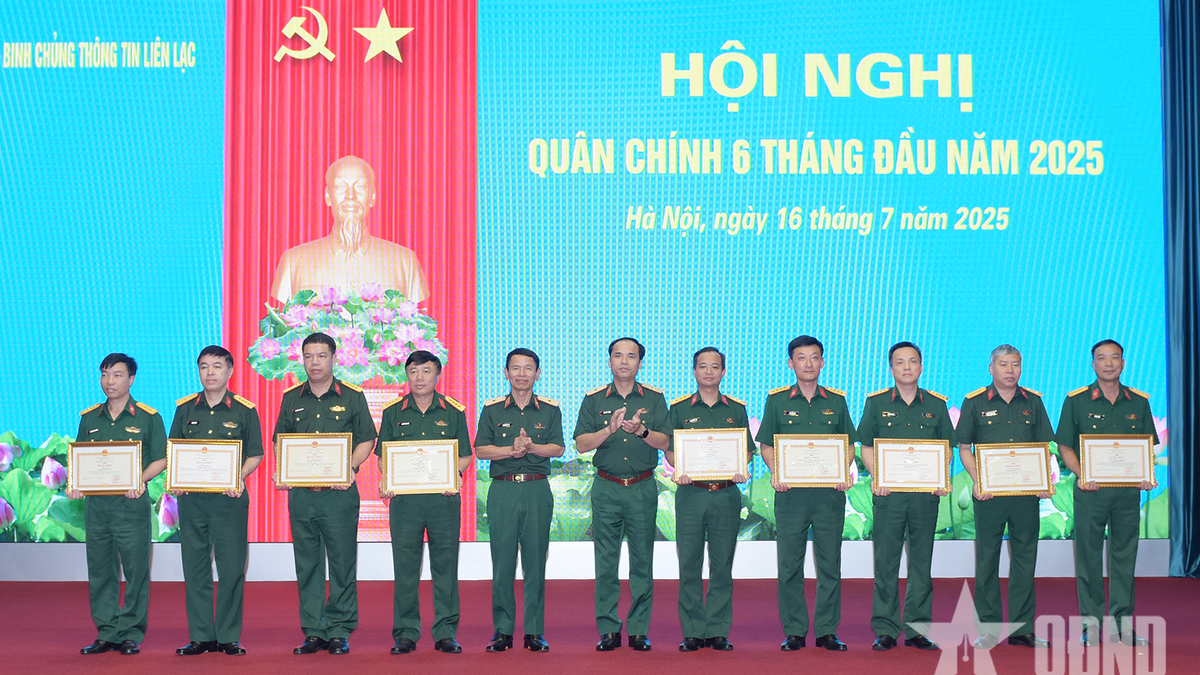


























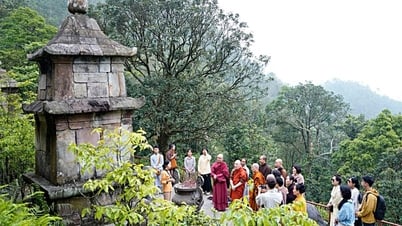

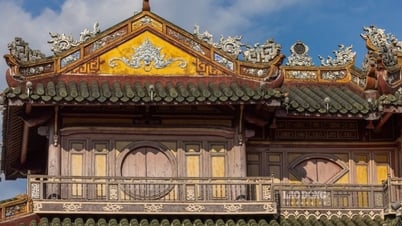

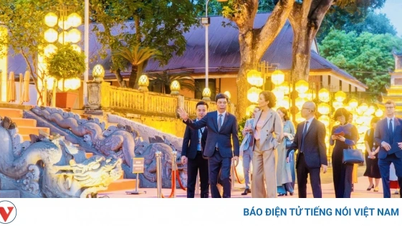

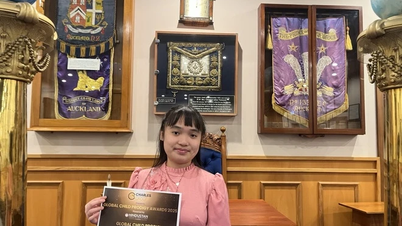
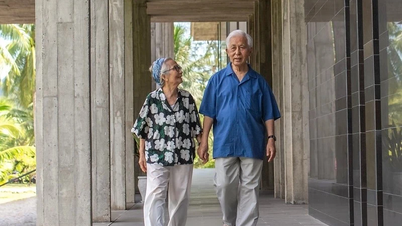







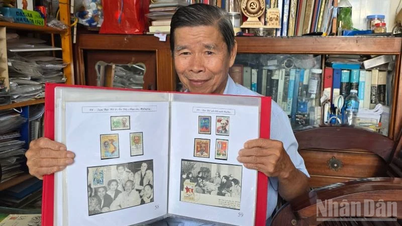




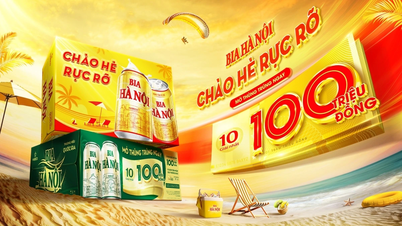


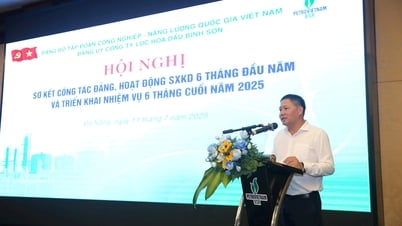

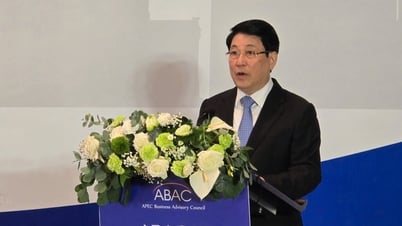


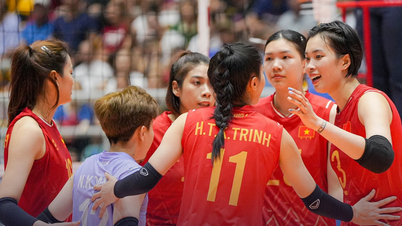
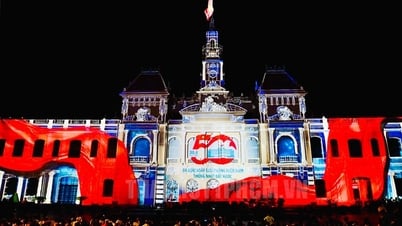
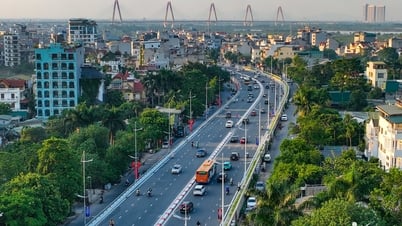

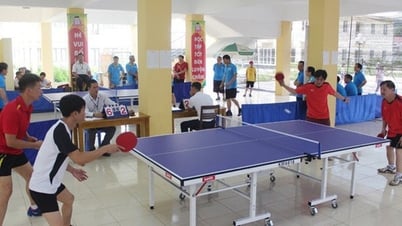


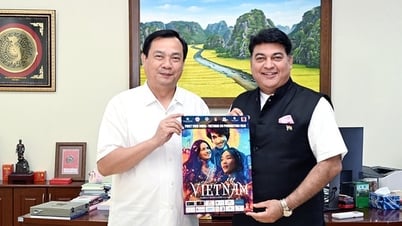


















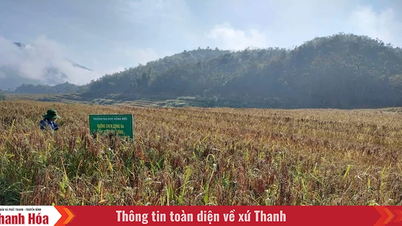

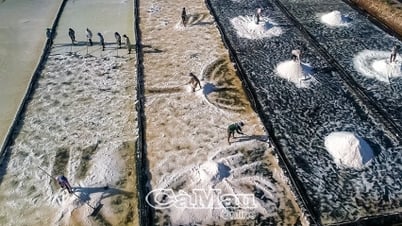






Comment (0)